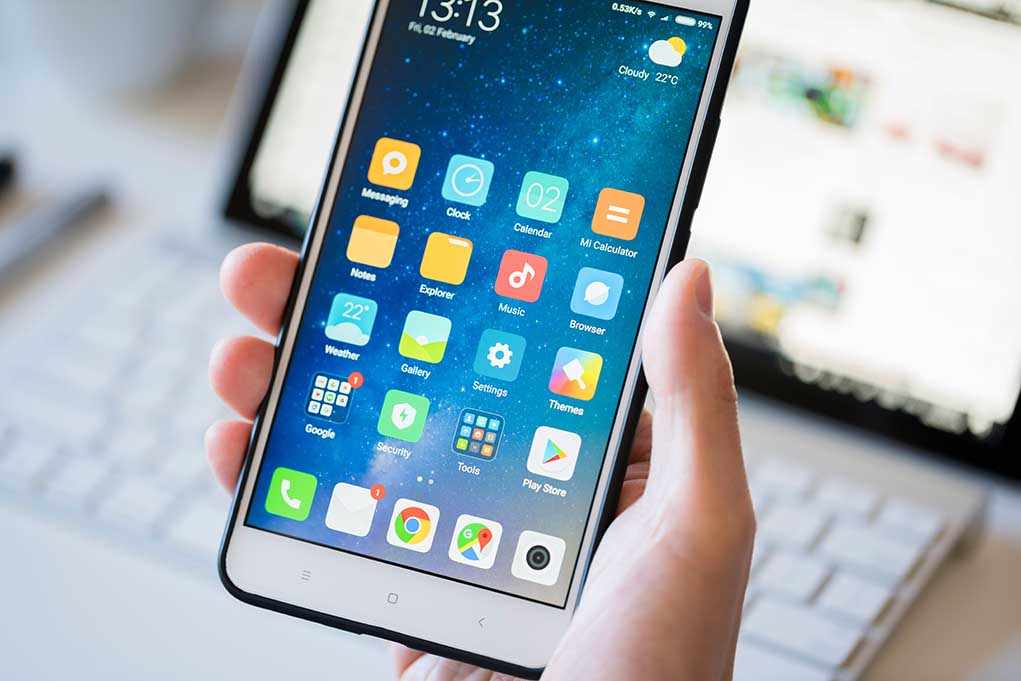
The single fastest way to reclaim hours of your week is hiding in plain sight—right under your thumbs.
Quick Take
- Faster mobile typing is the universal productivity hack, saving professionals over an hour per week.
- Swipe typing, text shortcuts, and voice input are now standard and can dramatically boost efficiency.
- AI-powered prediction, haptic feedback, and multimodal input are redefining the mobile keyboard experience in 2025.
- Accessibility and customization features ensure that anyone, on any device, can benefit from these advances.
How Mobile Typing Became the World’s Most Overlooked Productivity Revolution
Every day, billions tap, swipe, and dictate their way through endless messages, emails, and notes. Most never question how much time evaporates into that tiny digital keyboard. Yet starting in the early 2010s, a quiet but profound revolution began—one where the real productivity edge wasn’t another app, but how fast you could get words out of your head and onto your screen. The leap from T9 keypads to touchscreens was only the start. By 2025, swipe typing, intelligent prediction, and advanced haptics have made typing not just faster, but almost invisible. If you haven’t upgraded your habits, the phone in your pocket is working against you.
Swype’s debut in 2009 let users glide a finger from letter to letter, forming words in a fraction of the time it took to tap. When Apple and Google baked swipe input into their default keyboards by the late 2010s, this “drag-to-type” method became a productivity game-changer. Professionals and students who practiced saw instant gains: less fatigue, fewer errors, and more focus on the message instead of the mechanics. By 2025, even basic models sport predictive text that learns your habits and suggests entire phrases, trimming seconds from every message and adding up to real hours saved each week.
The Hidden Power of Shortcuts, Voice, and One-Handed Modes
Text shortcuts—shorthand codes that expand into full phrases—are the unsung heroes of modern typing. Typing “omw” and watching it blossom into “On my way!” feels like a magic trick, but it’s a trick anyone can master. Setting up a few custom shortcuts for your most-used responses or professional lingo turns your phone into a personal secretary, automating the mundane and freeing your mind for actual work. Voice input, once a glitchy novelty, is now so accurate that dictating a meeting summary or long reply is as reliable as typing, with hands-free convenience that’s indispensable for multitaskers.
Large screens and busy lives prompted the rise of one-handed modes, shrinking keyboards for thumb-only operation. These features, now native on iOS and Android, let you blaze through texts while juggling coffee or commuting. Third-party keyboards like Typewise and CleverType add even more, with AI-powered suggestions and layouts designed for comfort and speed. For anyone who has felt awkward stretching across a giant phone, these tweaks are not just ergonomic—they’re liberating.
2025: The Year Keyboards Fought Back with AI and Haptics
This year, the keyboard itself is fighting to earn your loyalty. Manufacturers are racing to outdo each other with micro-actuators that mimic the feel of real keys, pressure-sensitive surfaces that recognize intentional presses, and AI that predicts not just your next word, but your next sentence. Multimodal keyboards allow you to switch seamlessly between typing, swiping, and dictation mid-message, adapting on the fly to your context. These innovations aren’t just for show: industry studies reveal a 22% reduction in typos and measurable gains in user satisfaction and speed. The Mobile Productivity Institute reports professionals saving more than an hour a week—time that adds up over a year to a full workweek reclaimed.
Accessibility advances have made these gains universal. Voice and gesture input now offer a lifeline for users with disabilities, and the mainstream adoption of such features has created a more inclusive digital world. App developers are jumping in, integrating keyboard APIs to enhance note-taking, messaging, and workflow tools, all feeding a growing ecosystem where efficient input is the foundation, not an afterthought.
What Experts and Real-World Data Reveal About Typing Mastery
Experts warn that over-reliance on autocorrect may dull spelling skills, but the data is clear: those who practice new input methods, customize their shortcuts, and embrace advanced keyboards consistently see dramatic improvements in both speed and accuracy. Typing trainers and productivity coaches recommend not just the tools, but the routines—regular drills, experimentation with layouts, and reviewing your own typing statistics to spot weak points. Academic research verifies these claims, showing that consistent use of predictive features can yield sustained performance gains, while haptic feedback alone can reduce digital fatigue and error rates for users of all ages.
Five Ways to Type Faster on Your Phone https://t.co/24IeCzv25d #tech
— Zack (@Zacknarltree) September 2, 2025
The next wave of innovation is already on the horizon. As AI grows smarter and input methods converge, the very act of typing may soon disappear into the background of our digital lives, letting us focus on what matters: connection, creativity, and getting things done. For anyone who’s ever sighed at a blinking cursor, that’s a future worth swiping toward.
Sources:
Typetest.io: Typing Across Devices
TextExpander Blog: How to Type Faster
DittoTranscripts: Improve Typing Speed
CleverType: Top Mobile Keyboard Innovations of 2025














